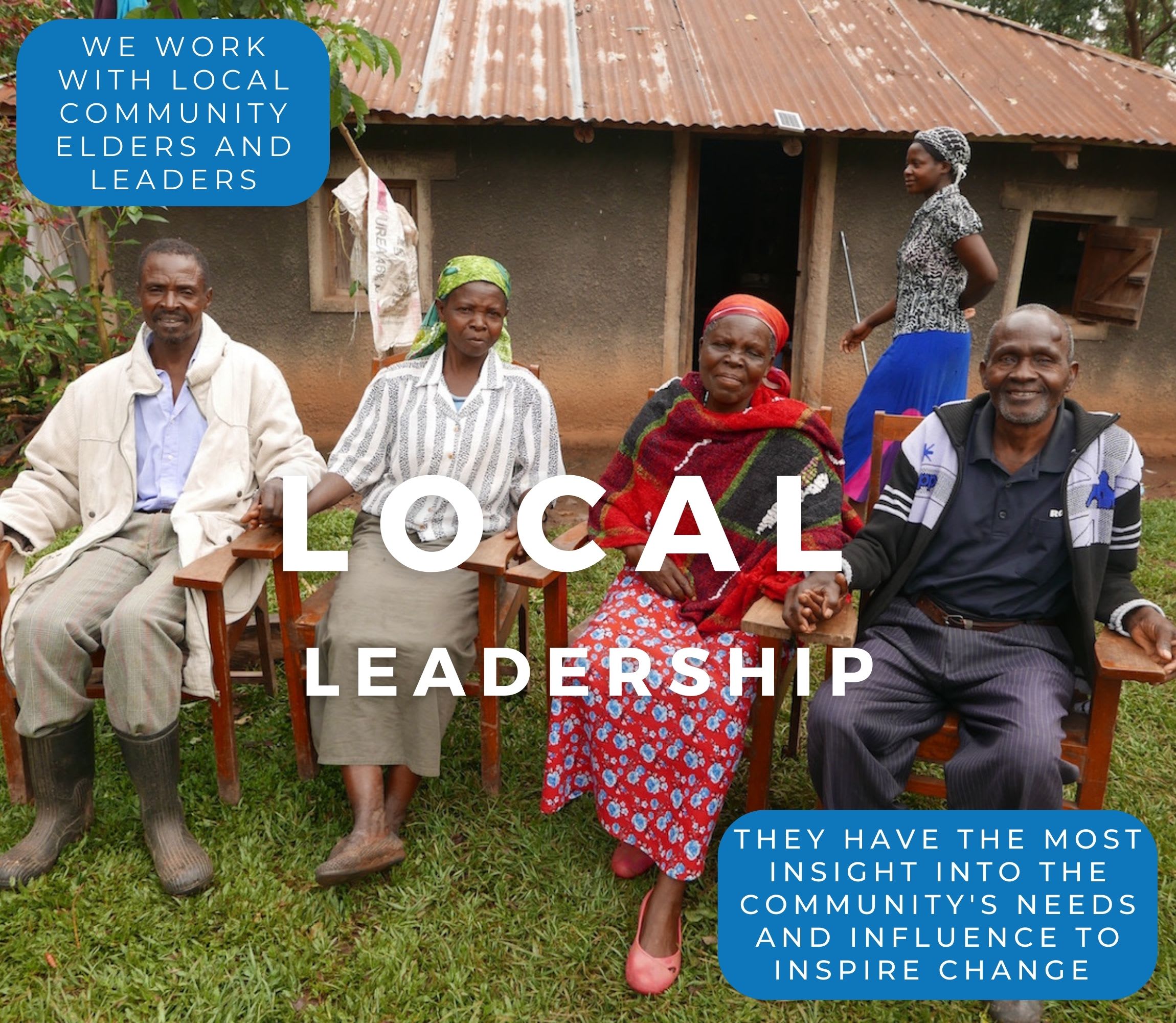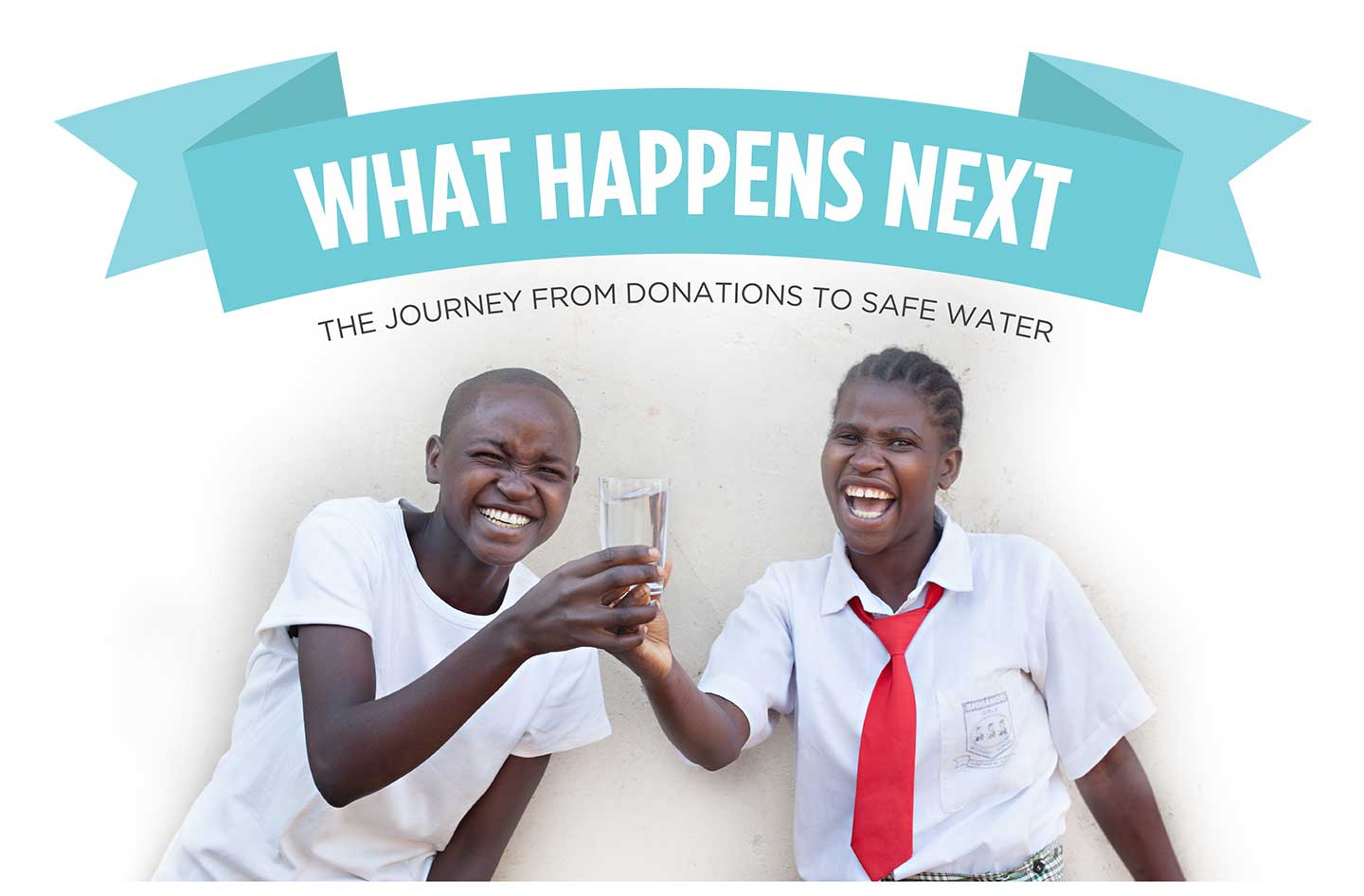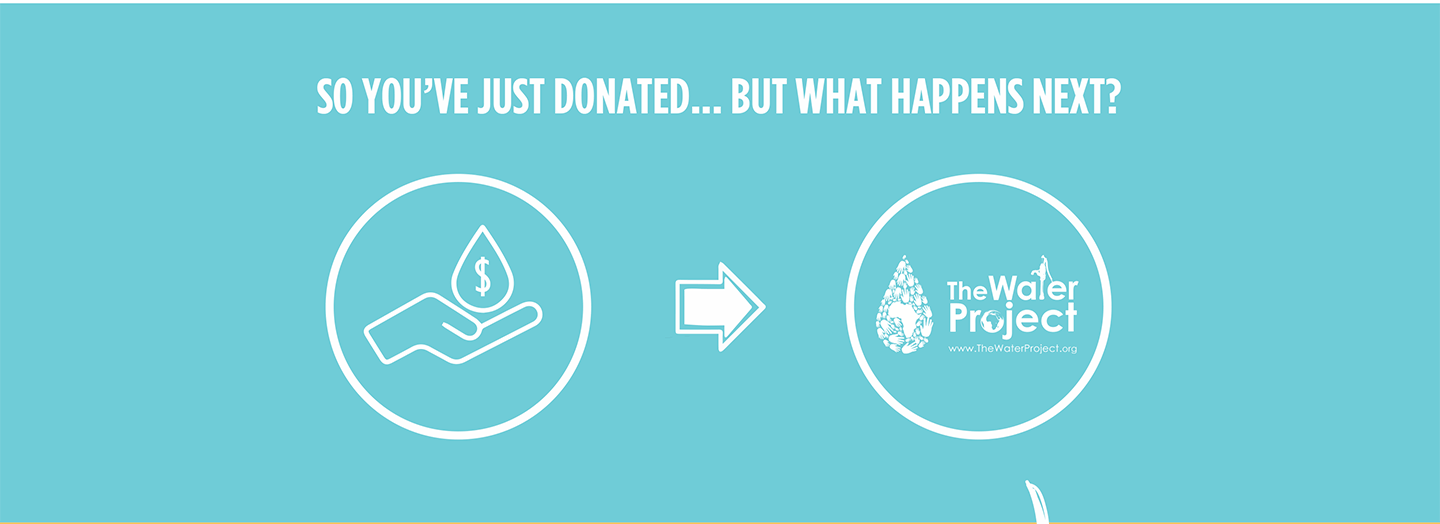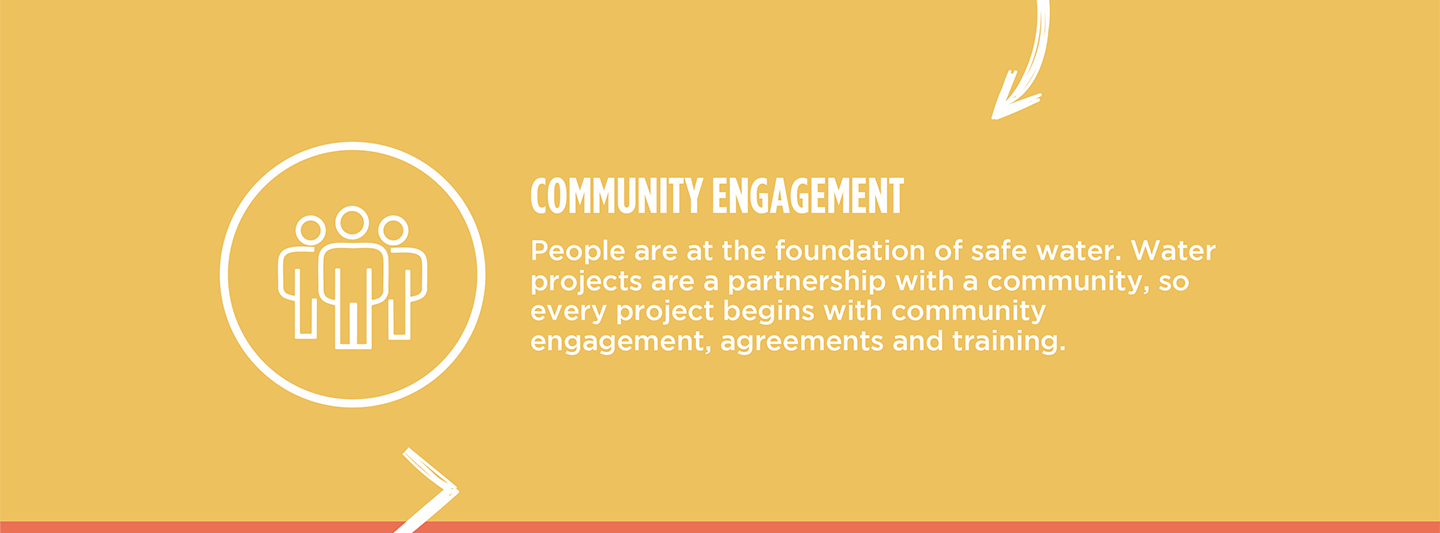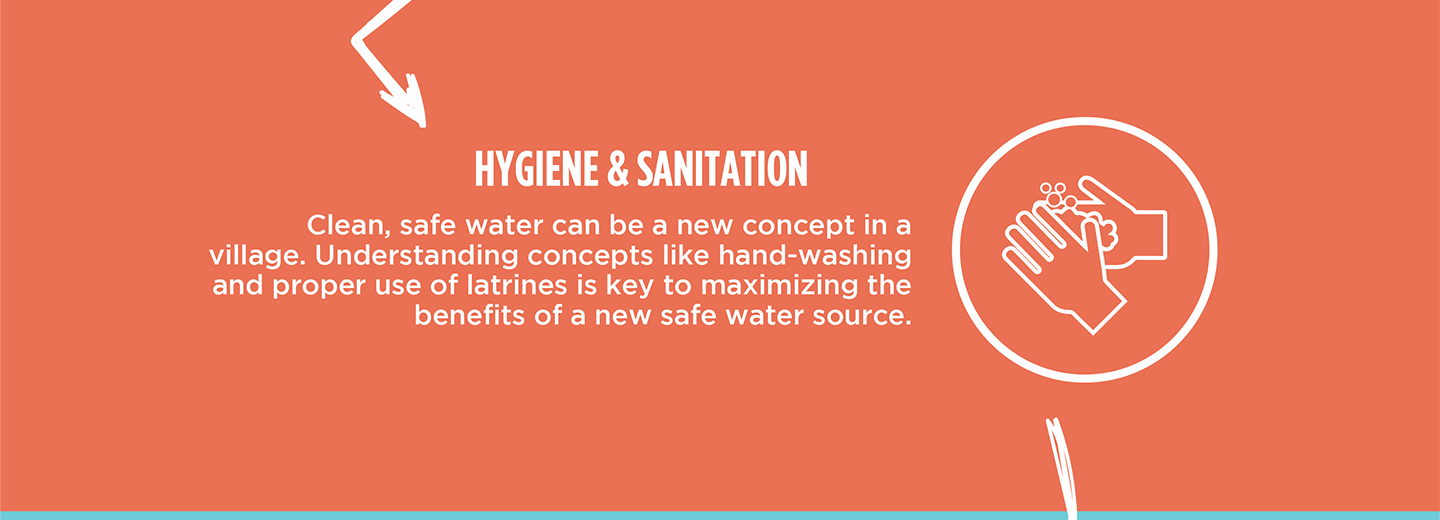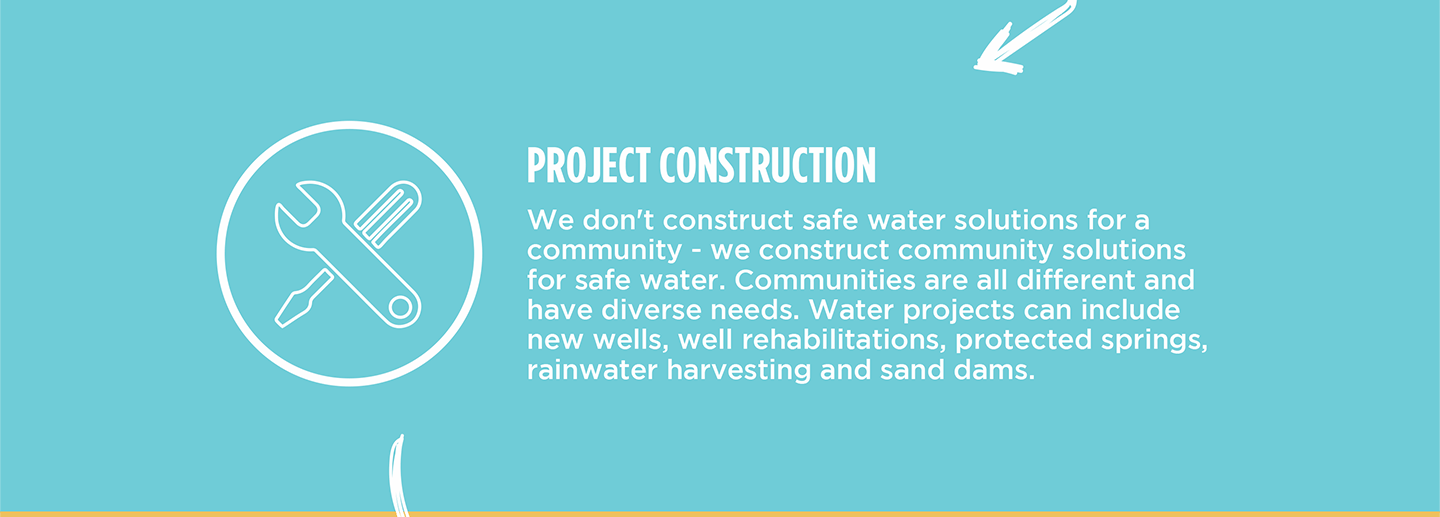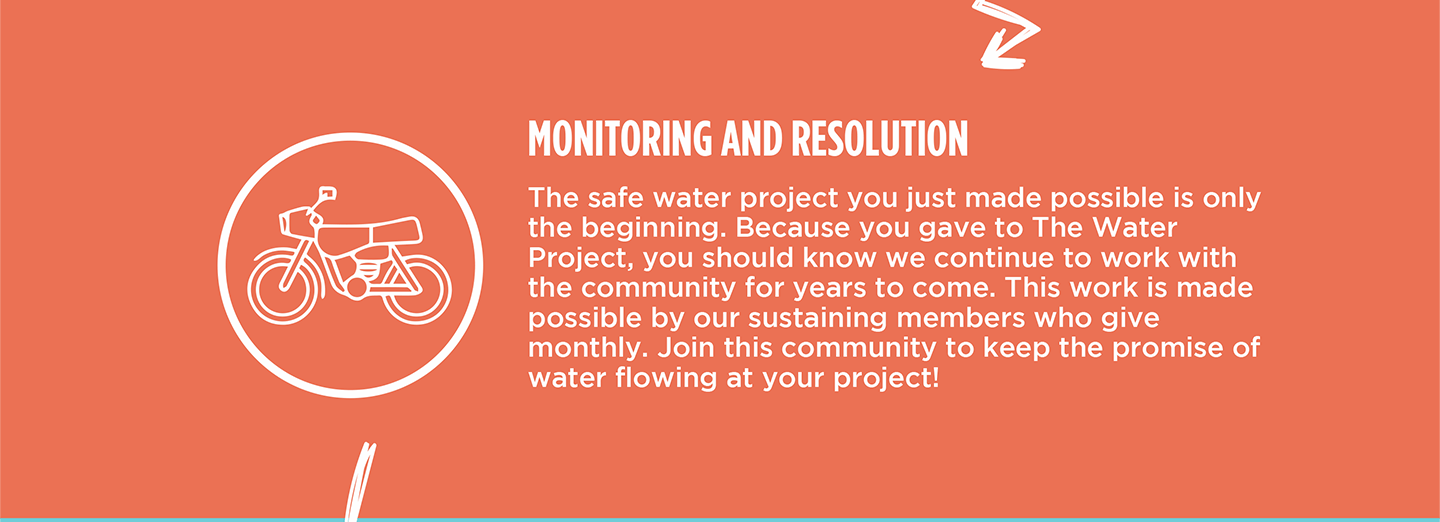Upon completion of the project, our partner in the field reports...
The primary school with 300 students was in dire need of clean water. They previously had a borehole on their compound which had a catastrophic failure when the earth collapsed on the pipes underground rendering it completely un-repairable. Due to the ground formation, it was determined that trying to re-drill in this area would be unlikely to succeed, so the LWI Uganda instilled a rain tank. The protected spring the community was utilizing had caused families to suffer from typhoid and malaria. The LWI Uganda team was pleased to learn of the community’s use of a covered pit latrine as this will help prevent further spread of disease in the area. During the team’s stay, community members assembled a water committee consisting of six men and three women who assisted the team with the water project whenever possible. This water committee is also responsible for collecting a monthly well maintenance fee of 1,000 shillings per household and students are to contribute 500 shillings per term. Most community members earn a living by subsistence farming banana plantations and raising dairy cows. Before leaving the community, the team provided community member, Saija Jothan, with a LWI Uganda contact number in case their well were to fall into disrepair, become subject to vandalism or theft.
Kashanda Primary school is a government aided Church of Uganda founded school. The rain water catchment tank is the second water source to be constructed for the school. The first water source was a borehole constructed in March 2010. Because of the nature of the soil, there was a huge collapse that held all the pipes and the cylinder down the ground rendering the borehole irreparable. Sustainability program /collection of Operation & Maintenance (O&M) Funds The rain water catchment tank is being managed by a Water Users’ Committee that was formed in 2011 for the management of the borehole. The water users committee, the parents and school management committee had agreed with the parents to collect 500 shillings per child per term for the maintenance of the borehole. According to Sajja Jotham, the headmaster of the school he is yet to call the meeting of the parents and the school management committee again to discuss if the 500 shillings per term is still the amount of money the pupils are to pay for the maintenance of the rain water tank. The head master thinks that because maintenance of a rain water harvest tank is quite cheap (when compared to a borehole), parents may not accept to pay the 500 shillings they had promised to pay for the maintenance of the borehole. They are however committed to resolving this and deciding upon an affordable yet adequate contribution to maintain this water source. The school expects to start collection of O&M fees from the pupils in third term that between September and November. As of right now it is dry season and it has not rained since the completion of this project so we have time to work with them in resolving this. Activities done by the water users’ committee after the construction of the rain water harvest tank: They are planning to fence the tank to keep animals from reaching the tank. Caretakers: The immediate persons in charge of the water tank are Sajja Jothan, Head master of the school.
The LWI Uganda team had an opportunity to meet with thirty-three year old community member and teacher, Kenneth Kwesiga, who stated, "We are so happy for the tank because the borehole collapsed. It brought good water in the beginning and then turned muddy. We used the tank for a few days because it had rained. But now it is dry season and it has no water. The water was good but little due to no rains. We are waiting for the rains again in about two month’s time. Both the school and community members will use the water because the spring well is a bit far and down the hill making it hard to climb back with water."
During the hygiene education, the LWI Uganda team addresses: Hand washing, how to properly transport and store water, disease transmission and prevention, how to maintain proper care of the pump, as well as signs and symptoms of dehydration and how to make Oral Rehydration Solution. All of these lessons are taught in a participatory method to help community members discover ways to improve their hygiene and sanitation choices, and implement community driven solutions.
 Borehole Well and Hand Pump
Borehole Well and Hand Pump
 Rehabilitation Project
Rehabilitation Project

